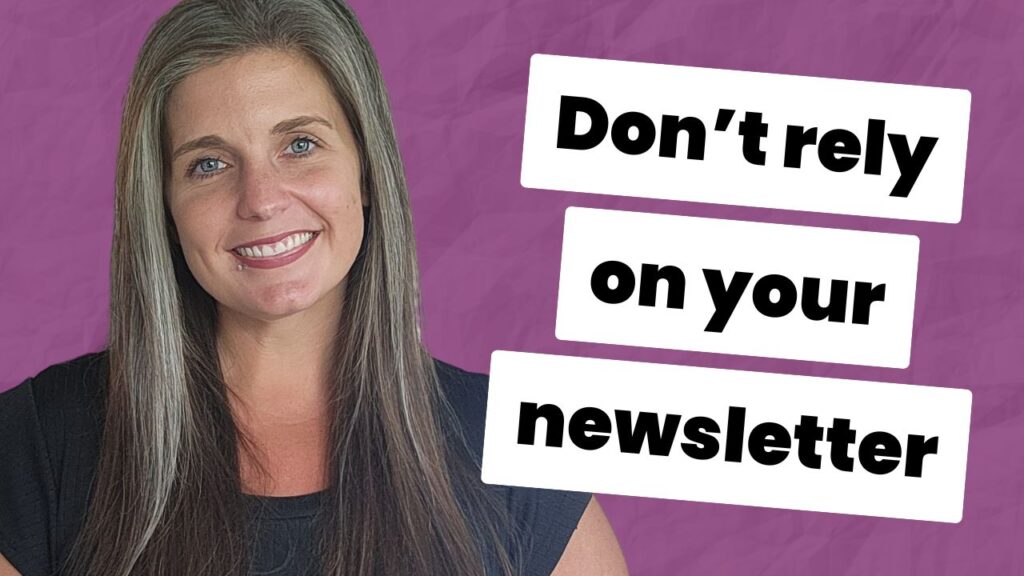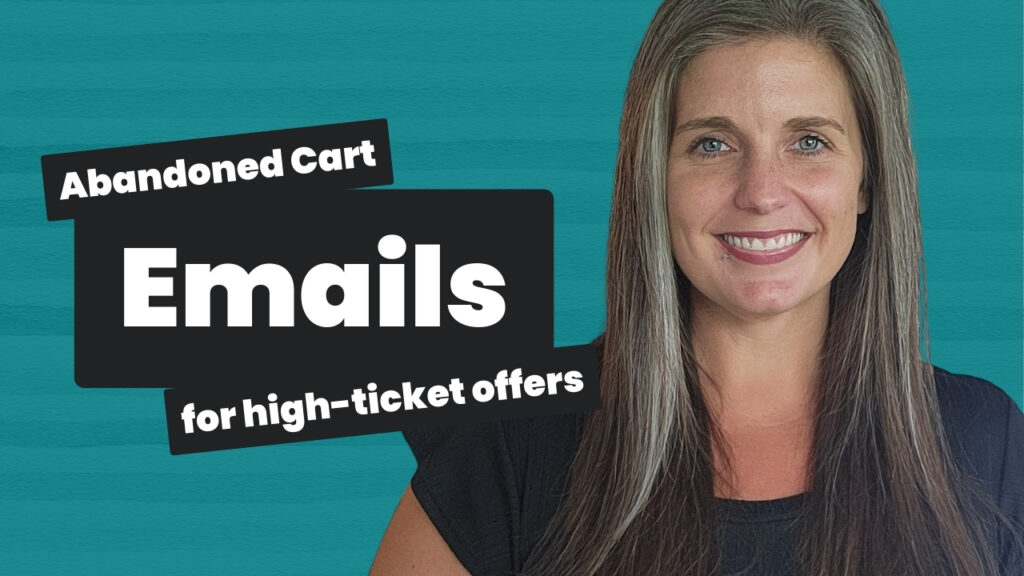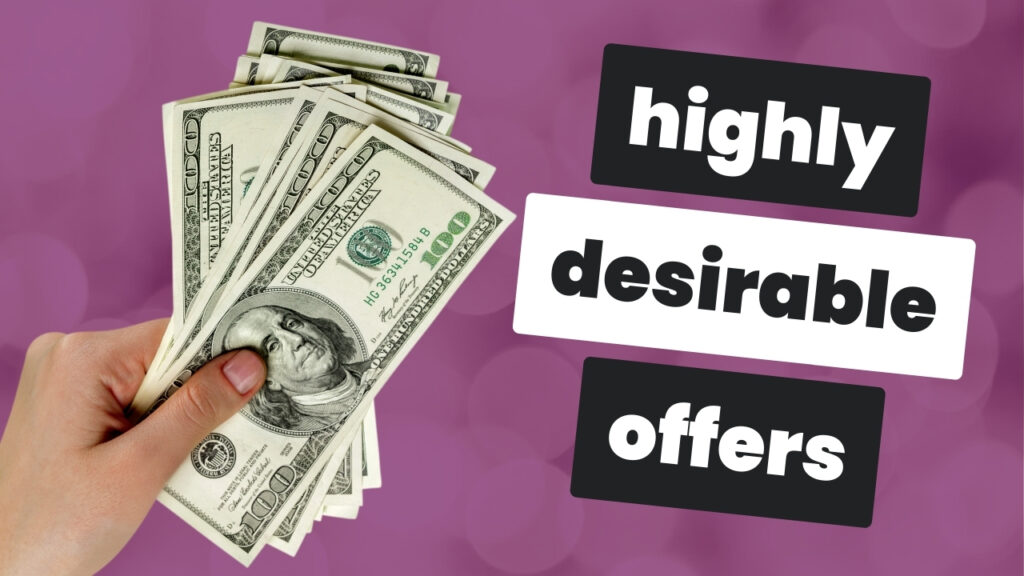It’s called a subscriber re-engagement sequence (or “win-back” sequence). And every business needs one, no matter what you sell.
That’s because it both protects your email deliverability and supports sales – just not in the way you’d expect. Here are the details:
TRANSCRIPT:
So what do re-engagement sequences, or as they’re sometimes called, win-back sequences, have to do with sales?
There are different types of re-engagement sequences or win-back sequences. Two of them are for customers.
1.) You have the repeat purchase win-back sequence that you send to customers who haven’t purchased something in a while and you want them to make another purchase.
This is like with consumable-type products. Say Lume deodorant. If you haven’t purchased in, say, three months, they will try to re-engage you, win you back, to get you to buy some more Lume deodorant.
2.) The other type that’s for customers is to get people to renew a subscription.
So think like Netflix. If you had a Netflix subscription and you canceled it, then, you know, after a certain amount of time, they might try to re-engage you, win you back to renew your subscription. It’s very clear with those two types of win-back sequences that are for past customers that those directly impact sales.
The third type of win-back sequence, the one that I’ve been talking a lot about recently, is one every business needs regardless of what you sell, and that’s to win back or remove inactive subscribers.
So that type of win-back campaign, or re-engagement campaign, is an automated email sequence that you set up so that it can identify subscribers who have gone inactive at a certain point.
So if someone hasn’t opened an email, any email, in 90 days, that’s what I consider in my business as inactive. So that automation will then identify them, and send them a series of reminder emails.
There are different types of emails you can send, but the goal of that sequence is to either get them to reconfirm or take some sort of action to show that they still want to be here, to get them to unsubscribe themselves, or at the end of that sequence, if they haven’t taken any action to reconfirm, then you unsubscribe them as a courtesy.
The reason that sequence is important, and every business should have it, is because that inactive subscriber segment over time will grow.
As long as those email addresses exist and they can receive emails (so they’re not going to bounce), even if they’re ignoring you, even if you’re already in their spam folder and they’ll never see them anyway, even if they haven’t unsubscribed, even if they haven’t marked you as spam, they will continue to get your emails, but they won’t open them.
That actually hurts your sender reputation over time.
The larger that segment is, the more emails you send. That’s important because your sender reputation tells inbox providers like Google whether or not you deserve to be in the inbox or whether or not you deserve to go to spam.
So now that you know how it works, there are really two ways that that type of sequence impacts sales.
One is that, depending on if it makes sense for your business or not, depending on what you sell, you can actually make an offer in that sequence. Now, that’s not something I do because it doesn’t make sense for my business, given what I sell and how my business model works, but there are some businesses where you could make a discounted offer, you could have a special bundle, you could have a special price.
That’s the first way that it could impact sales: you can actually make an offer.
But the biggest impact it has on sales is preventing you from getting sent to the spam folder due to low email engagement.
There are lots of things that impact your deliverability: technical things, things like Google’s one-click unsubscribe, you have to have the list-unsubscribe header now in your emails, and spam complaints, you have to be below a certain threshold.
Then, one of the things that is often overlooked is low email engagement because it’s easy to just let it happen and not deal with it. This sequence helps with low email engagement, consistent continual low email engagement that’s due to having inactive subscribers just sitting on your list, just squatting there, doing nothing while you just send them emails that they never open, never read, never act on.
So when it comes to sales, the biggest impact it has is to give your sales emails (your marketing and your sales emails) the best chance at landing in the inbox, because you’re not continuing to email a growing inactive subscriber segment and earning yourself all the spam points from having consistent continual low engagement on your emails.
That, in a nutshell, is how this specific automated email sequence called a re-engagement sequence or a win-back sequence helps to support your sales: either by making an offer, but more importantly, by giving your sales emails the best chance at landing in the inbox and preventing you from earning spam points due to low email engagement.


